In today’s industrial world, machinery plays a critical role in every business sector, from manufacturing to power generation. Maintaining these machines efficiently is crucial to ensuring smooth operations and minimizing costly downtime. One revolutionary maintenance technique that has emerged is in-situ grinding. This process allows businesses to repair their machines directly on-site, without the need to dismantle or transport the equipment.
By adopting in-situ grinding, industries can reduce downtime, save on repair costs, and extend the life of their machinery—making it a game-changer in industrial maintenance.
What is in-situ grinding?
This is a process in which industries can perform grinding operations or repair their machines directly on-site without opening the whole product, which requires maintenance or repair.
The word in-situ means in-place, so the equipment stays at its place, technicians bring necessary tools and equipments that will help them to perform grinding on that location. This will also benefit the large industries with large machineries as one can rarely spend much time assembling or disassembling their machines.
In-situ grinding is mainly utilized where industries are operating in areas that include marine, power generation, manufacturing and heavy equipment.
It can also be used mainly for grinding large product such as gears-shafts, turbines, and crankshafts. Every crankshaft, which is used in marine or power sectors, should be ground in-situ, as these sectors include ships and power stations, where engines and power generators should continuously run to avoid emergency breakdowns.
In-Situ Grinding vs. Traditional Grinding
The main difference between these two methods is the location, means where the repair is done. In traditional method, the defective component is removed from the machine and that part sent to workshops, which takes more time and is very costly.
1. Traditional grinding: defective component is removed from the machines, sent to workshops for repair and maintenance, then it is installed back in machines.
2. In-situ grinding: defective component is repaired without opening the machine directly in the factory, this saves your time and money.
We are not saying that the in-situ grinding method is best; it also has limitations. In this method, an experienced technician and specialised equipment should be present; without them, your machine can’t be repaired.
Top benefits of in-situ grinding
Minimised equipment downtime
In-situ grinding process has ability to minimise your equipment downtime. As your whole machinery is getting repaired on-site only, so you don’t have to wait for parts to be shipped to a workshop, and then get it back.
With this method you can repair your machines faster and resume your business operations quickly, so this will not hamper your business as well.
Cost saving on maintenance
Another benefit of in-situ grinding is you can save a lot of money on repairs. If you use traditional grinding methods in which your machinery gets disassembled, which involves labor costs and potential damage during transportation. Also, transporting large machine parts can incur significant expenses. By performing grinding directly on-site, in-situ grinding save you from these additional costs.
Improved accuracy and precision
In-situ grinding ensures the original alignment of the machinery, ensuring that all repairs are done without harming the equipment’s precise measurements. This is particularly beneficial for components like crankshafts, where even a slight misalignment can cause operational issues. Keeping the equipment intact also means the repaired component is better connected with the rest of the machine, improving overall performance.
Extend the life of equipment
Maintenance like the in-situ or onsite grinding can be very effective in the industrial plants given the fact that they can increase the lifespan of the machinery in use by repairing damaged parts before they pose a big concern. If you do simple grinding for regular basis, the major parts of the machine will be fine, minimizing the big mechanical breakdowns, and expensive overhauls.
Reduce the risk of additional damage
Disassembling industrial equipment for repair can often damage other components. As a business owner, you can avoid these risks by choosing on-site grinding. If your machinery is in proper condition, it will reduce wear and tear on other parts, resulting in more efficient and safer repairs.
Get in Touch Today!
Challenges of In-Situ Grinding and How to Overcome Them
Technical skill requirements
Even though in-situ grinding has a lot of advantages it comes with its own set of drawbacks. Highly qualified professional technicians whose working experience involves on-site grinding are needed in the process.
Therefore for successful preparation of chosen technology, involves training or recruiting personnel who understand the unrefined details of in-situ grinding technology.
Equipment-Specific Limitations
Specific kinds of equipment can be difficult to grind on-site, particularly if a structure needs considerable repairs that have to be done while grinding. However, conventional abrasive operations may still be required in such circumstances.
However, due to recent learning on the technology, several of such limitations has been solved by the increased availability of different kinds of grinding equipment.
Best Practices to Ensure Success
To effectively use the in-situ grinding technique, then it is wise to engage qualified technicians who work with the advanced types of grinding methods and equipment. Another thing that companies should do is to make sure the right evaluation is conducted before the grinding starts in a bid to ensure that the technicians are well informed of the kind of work that needs to be done.
Industries That Benefit the Most from In-Situ Grinding
Marine and shipping
In-situ grinding is widely used in the marine industry, particularly for in-situ grinding of crankshafts in ship engines. Performing grinding on-site helps ships avoid lengthy stays in dry docks, allowing them to continue operations with minimal disruption.
Power generation sector
In the power generation industry maintenance of turbines and generators mostly uses in-situ grinding. This way, these vital parts stay as productive as possible and constant care helps avoid breakdowns that are expensive.
Manufacturing and heavy machinery
In-situ grinding is also useful in manufacturing plants and industries where the usage of heavy and cumbersome machinery is necessary. Large factory equipments are usually costly to be dismantled for cleaning that on-site grinding is preferred in daily use and regular maintenance and repairs.
Real-World Examples Showcasing the Advantages of In-Situ Grinding
This is for the reason that there are many other cases where insitu grinding has shown to be cheap and efficient.
For example, a power plant has had problems with the wear of the turbines and it was possible to repair the turbine during the operation of the plant with in situ grinding and make a significant amount of money by saving 50% of the time and money for transporting and reinstalling the equipment.
For instance, a marine vessel did not have to wait for three weeks of its operation to be grounded by forcing the engineer to take the crankshaft of the engine to a workshop; the engine could have benefited from in-situ grinding.
How to Choose the Right In-Situ Grinding Service Provider?
When choosing a service provider to offer in-situ grinding services, its experience, the experience of technicians to be deployed for the job and the services they offer should be taken into account.
Check out that they have tools to address your problem and ask them about business standards to be sure you are getting the right repairs.
Conclusion
In-situ grinding is a new concept that is positively changing how industries view equipment maintenance in industries.
Because of its potential to lower time out, expenses, and enhance the repeatability and accuracy of repair works, the program is a must-have in marine, power generation, and manufacturing industries.
In-situ grinding maintains efficiency because it does not remove equipment until the process is complete, yet it Addresses business needs because equipment stays installed during maintenance.
Selecting the right service provider along with using good and proper time management for maintaining the machines will help in the increase the usage time and effectiveness of the machinery.
You can also check out in-situ grinding services offered by MPA Power Project and how they can help you in repairing your machines on site without any hassle.




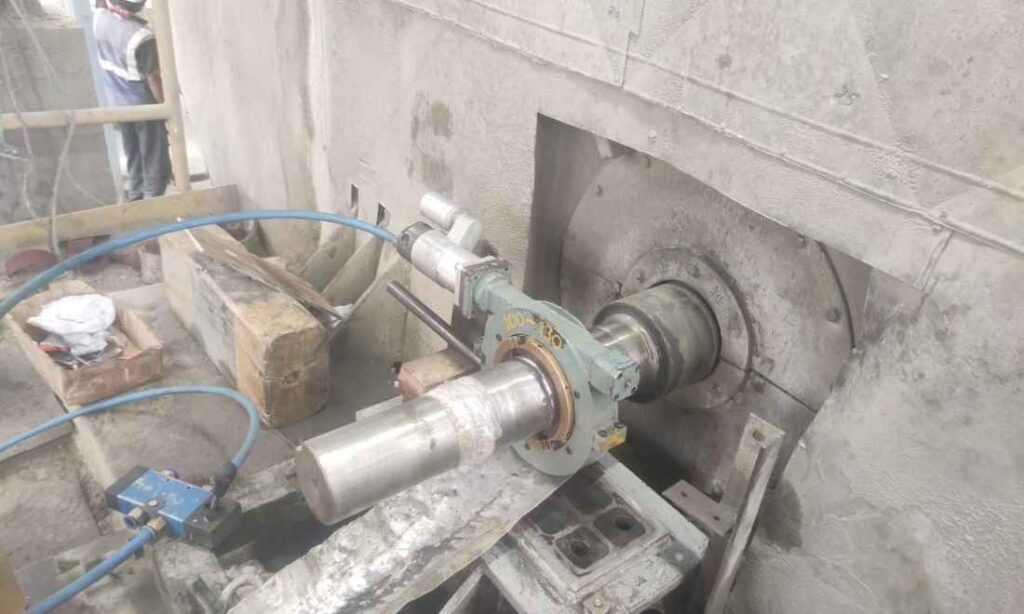
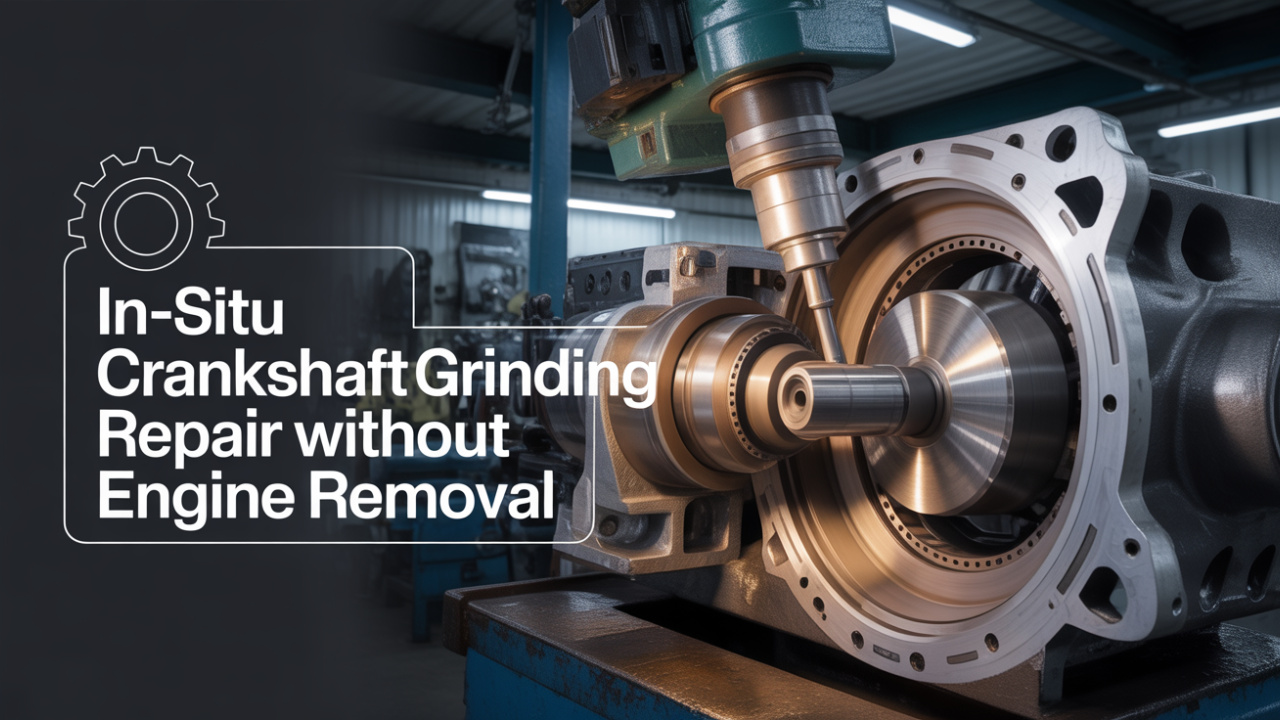
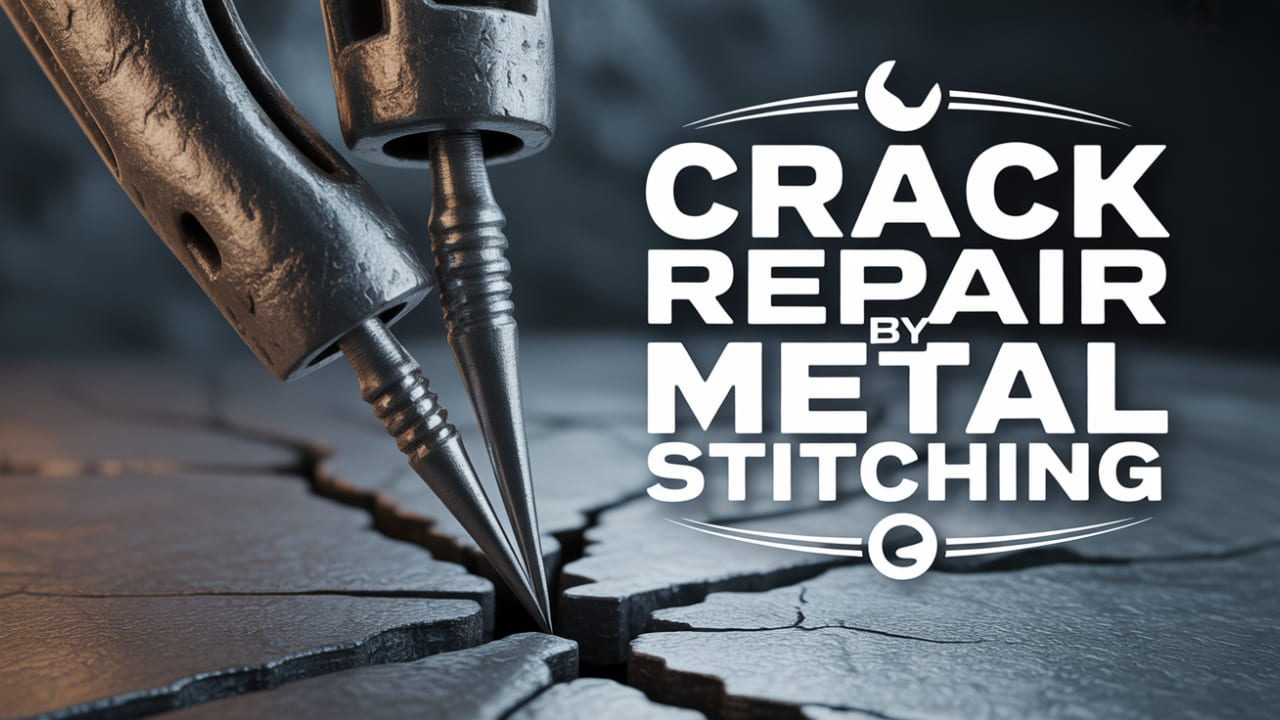
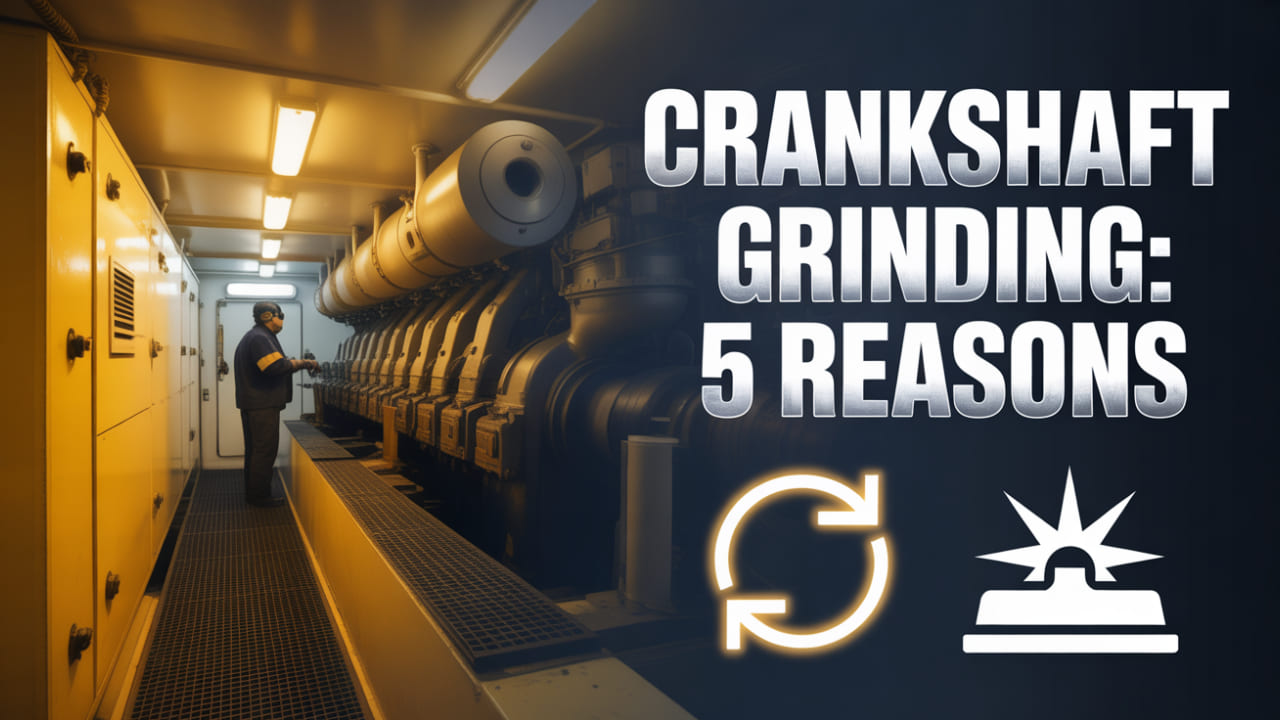
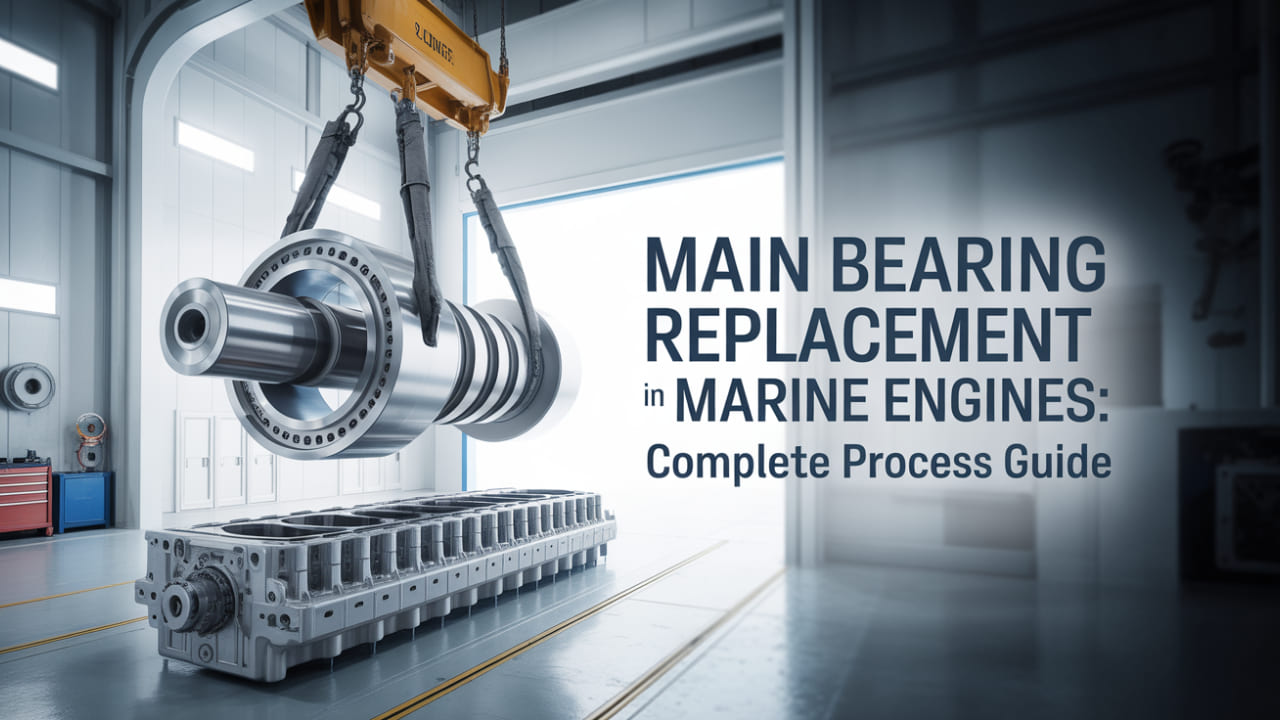
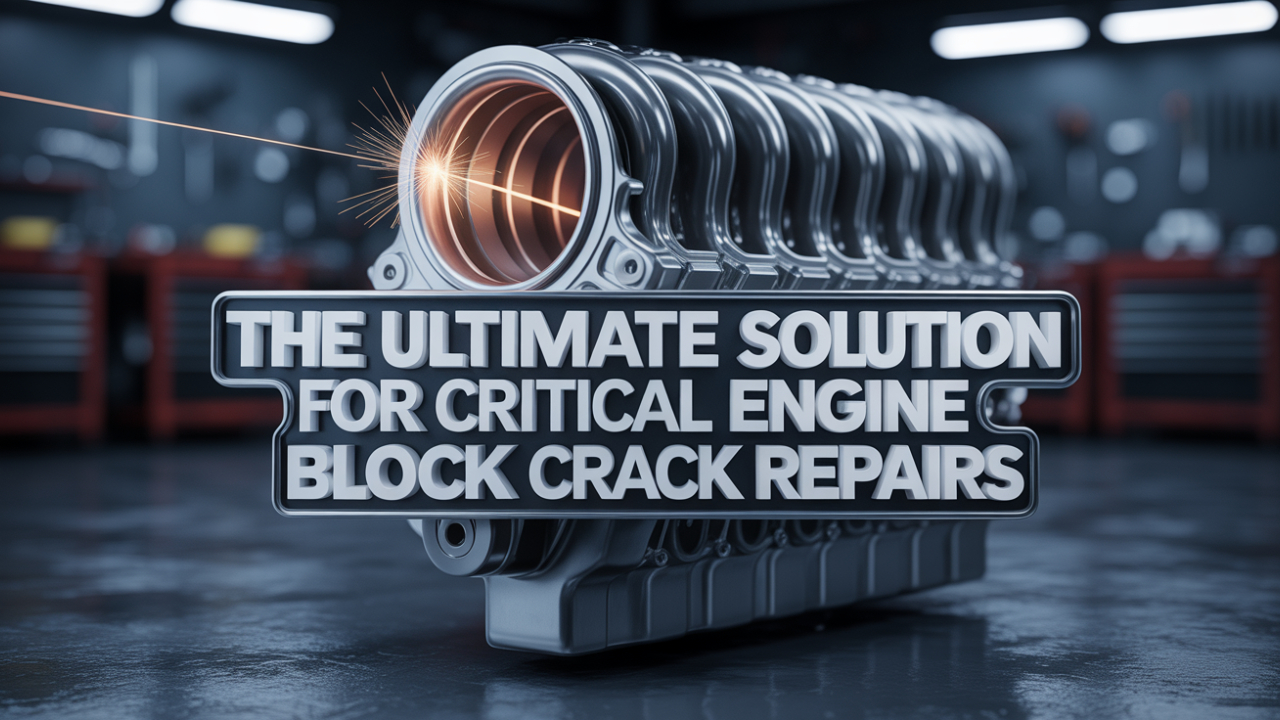
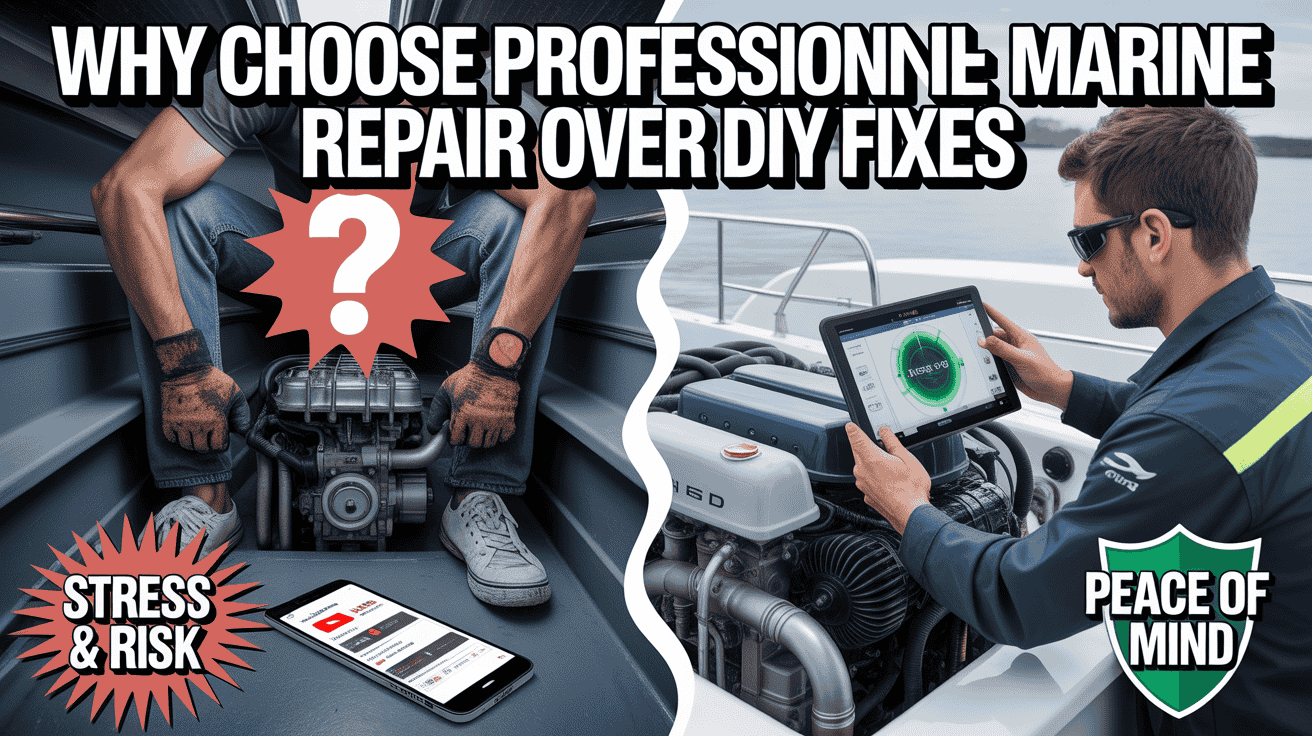
No Comments